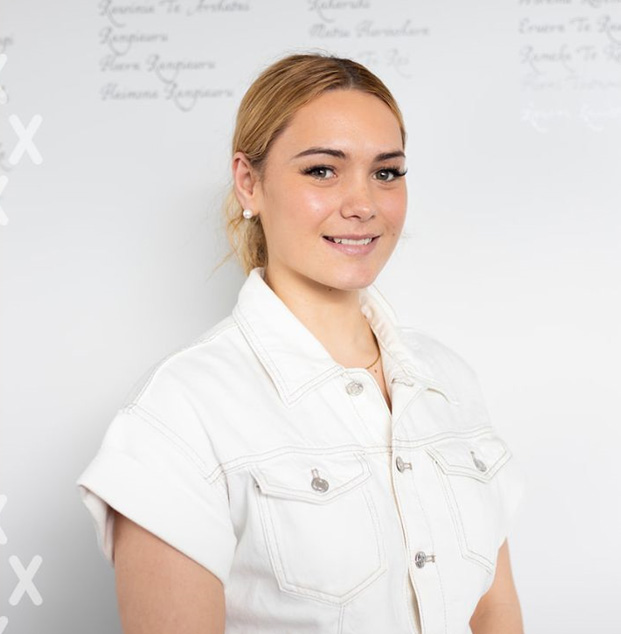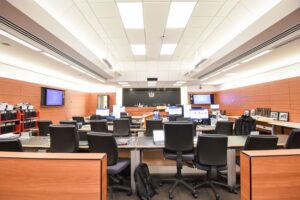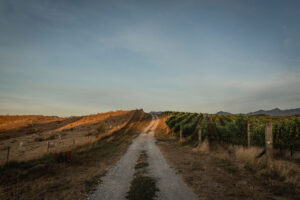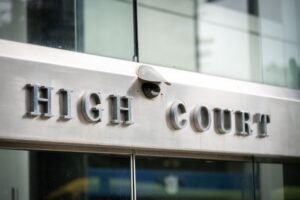What does whakapapa mean to you?
 Whakapapa to me is our indigenous way to understand how the world is. It is inherent to who we are as Māori. It is our line we trace back that connects us to everything in the natural world. For me, whakapapa ties me to my hapū-based identity as Te Ātiawa and Ngāti Koata. It is a reciprocal relationship with all that is around us – we belong to the land, the river and the seas and it is our responsibility to protect and nurture it for mokopuna to come.
Whakapapa to me is our indigenous way to understand how the world is. It is inherent to who we are as Māori. It is our line we trace back that connects us to everything in the natural world. For me, whakapapa ties me to my hapū-based identity as Te Ātiawa and Ngāti Koata. It is a reciprocal relationship with all that is around us – we belong to the land, the river and the seas and it is our responsibility to protect and nurture it for mokopuna to come.
For those starting out on their whakapapa journey, I say learn it by making the connections. Bathe in your awa, climb your maunga, be with your people. They will teach you more than reading your whakapapa on a screen or piece of paper ever will.
What is your connection to the Nelson Tenths whenua?
My tūpuna Inia Te Hunahuna nō Te Ātiawa and Mohoao, Hariata Mohoao and Raima Mohoao nō Ngāti Koata were of the many enterprising rangatira that entered into the formal agreement with the Crown to establish the town now known as Nelson.
This is a history I learned during my time interning for Wakatū and also being a participant on the Taiohi Wānanga. I feel so privileged to have been able to wānanga, mahi and be sustained in our homelands. An experience that changed the trajectory of my life! Once you learn the atrocities our whānau endured, you can’t see life in the same way.
Learning our histories affirms to me that knowledge is power and ever since I was introduced to our rohe and pūrākau, I have maintained a burning feeling in my puku to fight for our whakapapa and our indigenous way of life.
Tell us about your tūpuna on the Native Land Court List, 1892
Inia Te Hunahuna come on the hekenga down from Waitara to Waikanae. He then went with the boatload of Kaitangata to live in Collingwood, in the Whakatū region.
Koro Inia is immortalised in the whare tūpuna Te Ao Mārama, at Onetahua marae in Mohua (Golden Bay).
Describe your own whakapapa journey
Being Māori is something I always knew I was. I think I am so privileged to have a family that valued going back to our homelands in Taranaki. It was in Taranaki that I was given an understanding of my whakapapa. That was because my aunties and uncles always told me who I was. They took me to my awa and my maunga. I had a strong foundation to be able to find out more for myself.
The generations and generations of strong foundations are what make us able to endure the effects of colonisation. Whakapapa is a reciprocal relationship, the gift of feeling a sense of belong and knowing who I am means that I need to always be in the pursuit of knowledge and kitiakitanga over our identity as Māori.
Reconnecting our whānau to each other and to their whenua is integral to Making the Tenths Whole. We are actively working to bring our whānau back together. If you believe that, like Sophie, you whakapapa to any of the tūpuna identified on the Native Land Court list, 1892, we warmly welcome you to complete this whakapapa form.




